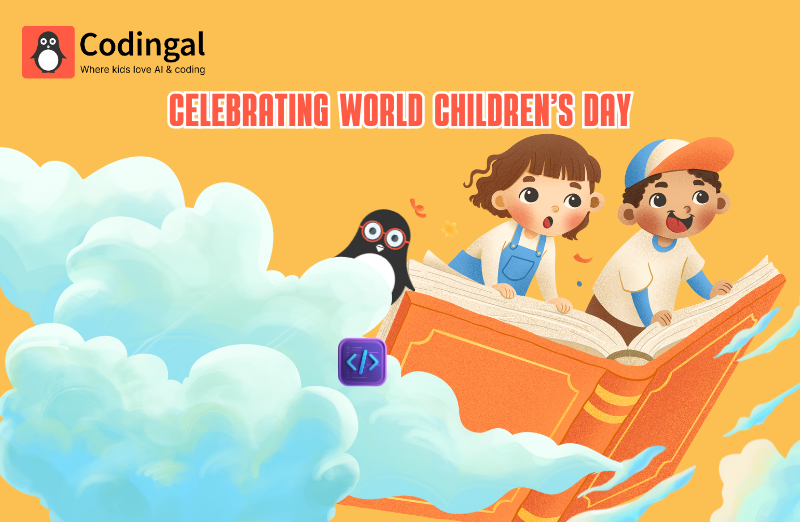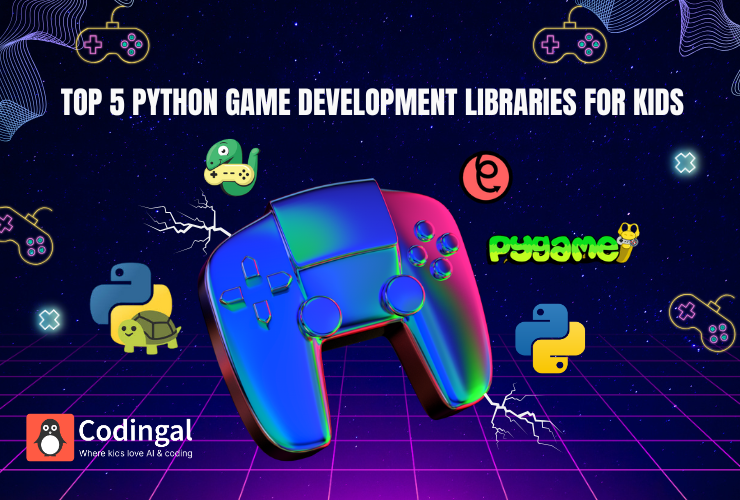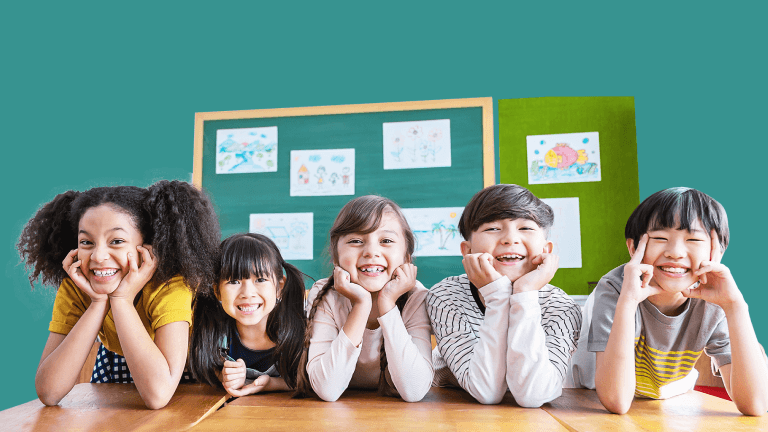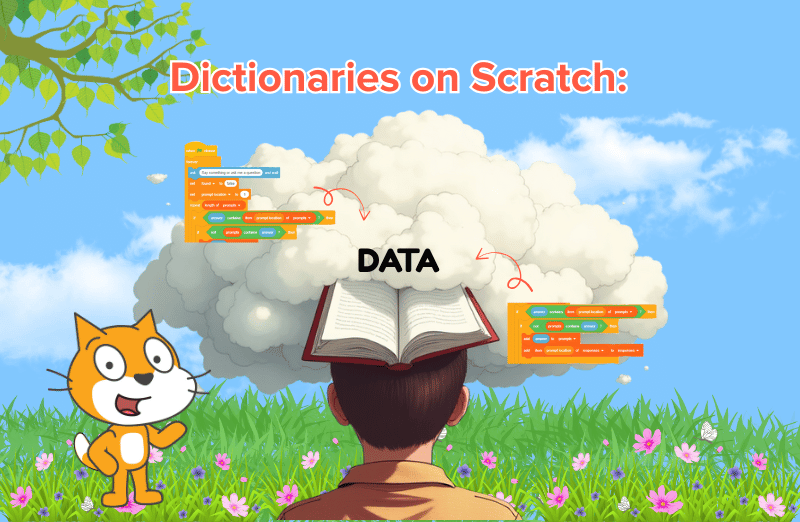World Children’s Day is a powerful reminder that every child deserves the chance to learn, explore, and dream big. It is a day to celebrate children’s rights, voices, creativity, and potential.
At Codingal, we believe one of the best gifts we can offer children is the confidence to build with technology—not just consume it. Coding turns kids from passive screen users into active creators of games, stories, apps, and animations.
This World Children’s Day, families and schools can celebrate by giving kids hands-on experiences with coding. Below are simple, engaging coding activities you can run at home or in the classroom, along with ideas on how Codingal can support your child’s learning journey.
Why celebrate World Children’s Day with coding?
World Children’s Day is about more than just one date on the calendar. It is about:
- Encouraging children to express their ideas
- Helping them solve real problems
- Giving them equal access to high-quality learning opportunities
- Building future-ready skills in a digital world
Coding supports all of these goals. When kids learn to code, they learn to:
- Break big problems into smaller steps
- Think logically and creatively
- Work in teams and share ideas
- Build confidence by seeing their creations come to life
World Children’s Day becomes even more meaningful when we combine it with activities that empower children to create.
Activity 1: design a “my dream world” animation in Scratch
Best for: ages 6–10
Platform: Scratch (scratch.mit.edu)
Ask children to imagine a world where every child is safe, happy, and heard. Then help them turn that idea into a simple animation.
Steps:
- Create a new project in Scratch.
- Choose or draw a background that represents their dream world (a peaceful park, a futuristic city, a space station, or a fantasy land).
- Add characters (sprites) such as children, animals, or heroes.
- Use motion blocks to make the characters walk, jump, or fly.
- Use “looks” and “sound” blocks to add speech bubbles or voice lines that share messages like “Every child deserves to learn” or “Be kind to everyone.”
What kids learn:
- Sequencing and event-driven programming
- Basic animation concepts
- Expressing values and ideas through code
You can turn this into a mini showcase where each child presents their “dream world” to the class or family.
Activity 2: build a “kindness counter” game in Scratch Jr or Scratch
Best for: ages 5–8 (ScratchJr), ages 7–10 (Scratch)
Create a simple game where players earn points for acts of kindness.
Idea:
- Hearts, stars, or smiley faces fall from the top of the screen.
- The player moves a character left and right to “catch” them.
- Each catch adds 1 point to the “kindness score.”
Core steps in Scratch:
- Add a character sprite and a falling object sprite (heart or star).
- Use arrow keys to move the character left and right.
- Use a “forever” loop to make the heart fall down using “change y by.”
- When the heart touches the character, change the score by 1 and reset the heart to the top.
What kids learn:
- Variables (score)
- Loops and movement
- Basic game logic and collision detection
Tie it back to World Children’s Day by asking: “What kind things can we do for others today?”
Activity 3: create a “children’s rights” quiz in Code.org App Lab or Scratch
Best for: ages 9–13
Platforms: Code.org App Lab, Scratch
Let children build a short quiz that teaches others about children’s rights, kindness, and equality.
Steps (Scratch version):
- Create a backdrop with the title “World Children’s Day Quiz.”
- Use a variable to store the score.
- For each question:
- Show a question using a “say” block.
- Use key press events for answer options (for example, press 1, 2, or 3).
- If the answer is correct, increase the score and show a “Well done” message.
What kids learn:
- Conditional logic (if–then–else)
- Variables and scoring
- Planning and designing questions
This works well as a group project where teams of children prepare questions together.
Activity 4: program a “thank you” card for everyday heroes
Best for: ages 6–12
Platform: Scratch or a simple HTML/CSS project (older kids)
Ask children to think about people who support them—parents, teachers, friends, doctors, sanitation workers, or anyone who cares for children. Then let them design a digital “thank you” card.
Scratch idea:
- Create a background with the words “Thank you for caring for kids.”
- Animate a character who waves or dances.
- Add a button or key press that shows different thank-you messages each time it is clicked.
HTML idea for older kids:
- Use headings and paragraphs to write a message.
- Use basic CSS to change colours, fonts, and add simple animations (for example, text that fades in).
What kids learn:
- Digital creativity and design
- Basic coding structures
- Empathy and gratitude
Activity 5: beginner-friendly Python “gratitude list”
Best for: ages 11–14 (with some prior experience)
Platform: Any beginner Python environment (online IDE, local setup)
Children write a small Python program that asks the user what they are grateful for and displays it nicely.
Simple example:
print("World Children’s Day – gratitude list")
items = []
for i in range(5):
thing = input("Enter one thing you are grateful for: ")
items.append(thing)
print("\nHere is your gratitude list:")
for i, item in enumerate(items, start=1):
print(f"{i}. {item}")
They can extend it by:
- Saving the list to a file
- Adding timestamps
- Printing a positive message at the end
What kids learn:
- Loops
- Lists
- Input and output
- Formatting text
Activity 6: collaborative storytelling with code
Best for: ages 7–12
Platforms: Scratch, Code.org Sprite Lab
Divide children into small groups. Each group creates one “scene” of a story about a child who solves a problem—such as helping a friend, standing up against bullying, or improving their school or community.
Each scene is coded separately with:
- Backgrounds showing the setting
- Characters with dialogues
- Simple animations or sound
You can then join the projects using links or by recreating the transitions, turning it into a “World Children’s Day Story Collection.”
What kids learn:
- Collaboration
- Storyboarding and planning
- Basic animation and events
How parents and teachers can make the day special
- Set aside dedicated “coding time” on or around World Children’s Day
- Let children choose which project excites them the most
- Encourage them to explain their project and what message it carries
- Celebrate every effort, not just the most polished projects
- Share screenshots or short screen recordings with family, school groups, or communities (with consent)
The focus should be on voice and creativity, not perfection. Every child’s idea matters.
Celebrating World Children’s Day with Codingal
At Codingal, our mission is to help children fall in love with coding while building real skills for the future. World Children’s Day is a reminder of why this mission matters: every child deserves the chance to learn, create, and be heard.
Through structured courses, live classes with expert teachers, and project-based learning, children can:
- Build games, animations, and apps
- Explore AI, web development, and more as they grow
- Learn at their own pace with guidance and encouragement
You can use World Children’s Day as the perfect starting point to introduce your child to coding—and then continue their journey with guided learning and meaningful projects.
Final thoughts
World Children’s Day is a celebration of children’s dignity, rights, and potential. When we invite kids to code, we do more than teach them a technical skill. We give them a new language to express their ideas, emotions, and dreams.
Whether it is a simple Scratch animation, a quiz on children’s rights, or a Python gratitude list, each project is a small step toward a future where children are creators of technology, not just users.













